Why shoot black and white photography when there's color?
Color. It’s a driving force in how humans perceive the world visually. We associate each season with different sets of colors. Fast food companies use certain colors to influence us at a psychological level. Color draws us in, makes us comfortable, allows us to relate to what we’re seeing.
Conversely, we sometimes describe things that are dull or uninteresting as being colorless. When it comes to visual imagery, colorlessness might easily be interpreted as “black and white.”
But speaking specifically about photography, in this case, black and white isn’t an aversive idea, even in an era when color correction/management is more powerful and more accessible than ever.
In fact, you won’t have to look hard for a photographer who prefers black and white to color. There are dozens of reasons why one might lionize black and white photography, but for the sake of time, let’s talk about just four reasons why you should try black and white photography.
Timeless Aesthetic
Of course, a photo isn’t automatically good just because it’s in black and white, but black and white photos do have a tendency to evoke adjectives like “classic” and “classy.”
We often associate black and white photography with legendary photos created by the masters.
Done well, a black and white photo allows the viewer to gain a glimpse into the very process of making a photo. And no matter the subject, no matter what year the photograph was made, it can exist comfortably in any era.
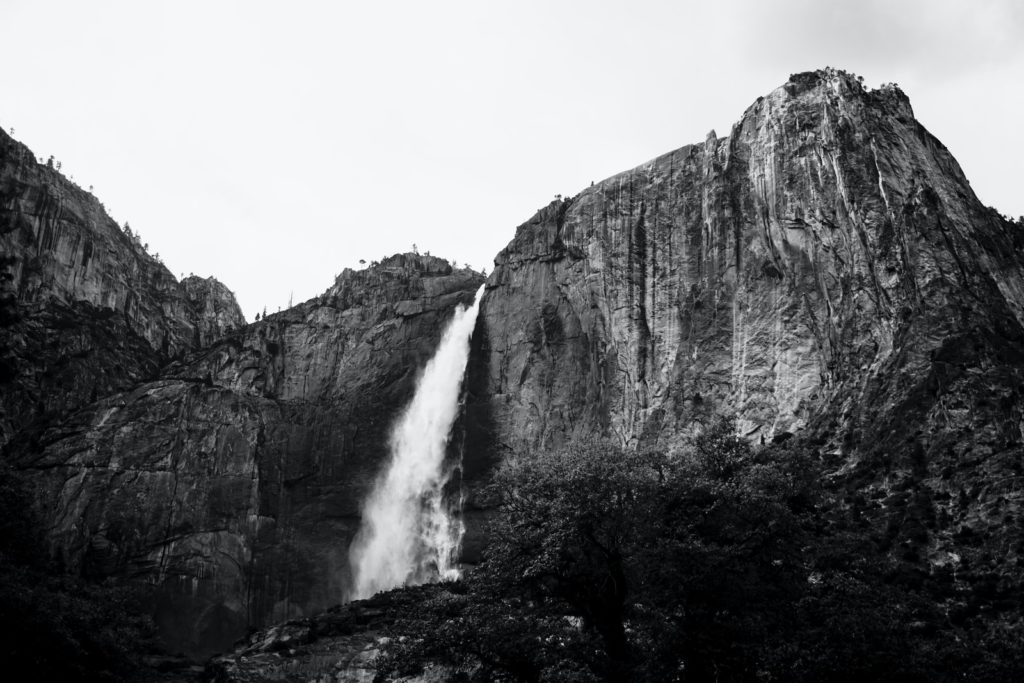
Minimize Distractions
When you remove the color from the equation of creating a photograph you give yourself more freedom to focus on composition and lighting.
Sometimes there’s too much going on in a photo — too many different colors, for example. Assuming it’s an otherwise good photo, you might be able to turn a good photo into a great one by converting it to black and white.
It should be noted that converting to black and white is something of art unto itself; it’s worth it to take the time to learn about tones, contrast, shadow detail, etc. rather than relying on the automated result of a button click in your editing software.
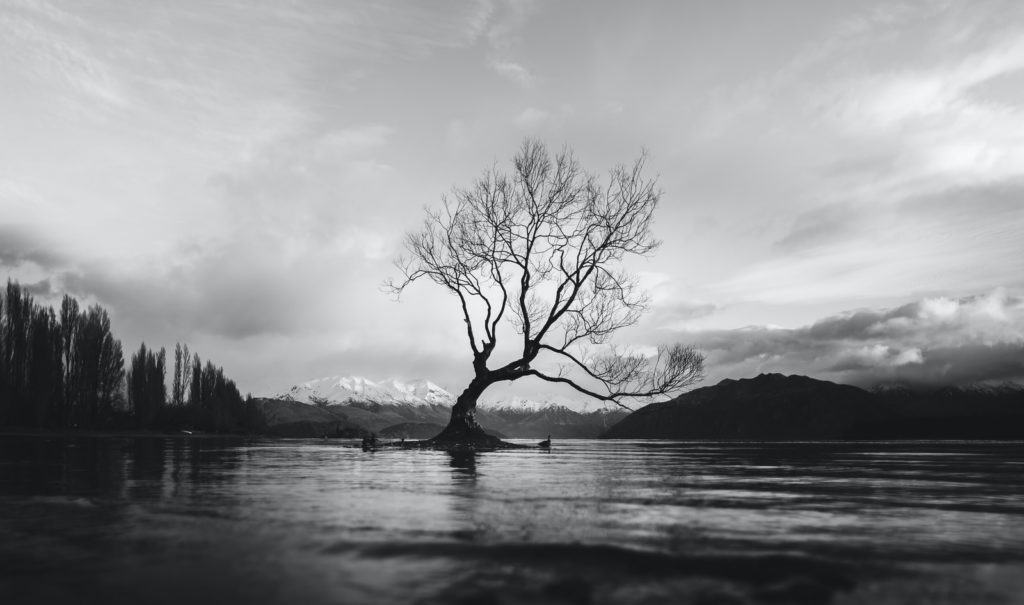
Better Composition
One way to improve your photography skills is to learn to see in black and white. This means putting greater emphasis on shapes, textures, lines, and subject placement. In other words, you’re prioritizing composition.
It can be easy, especially for new photographers, to let color get all the attention for the wrong reason. A poorly composed photo might garner lots of attention for no other reason than how much “the colors pop.”
But if your goal is to create strong compositions, a good place to start is by seeing in (and ultimately converting to) black and white.
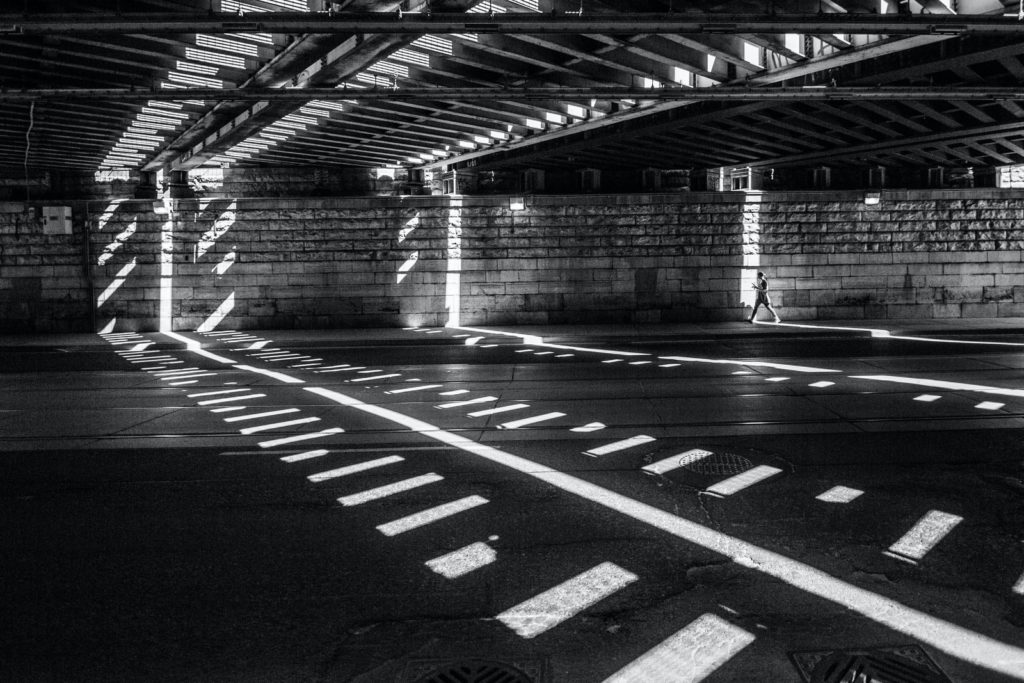
Harsh Lighting
Harsh light is the bane of many photographers — you know, washed-out colors, blown highlights, hard shadows. No one likes it, but it’s just a fact of life we all have to deal with as photographers.
But harsh lighting isn’t necessarily a reason to stay indoors; this is a wonderful opportunity to put your black and white vision to work.
You don’t have to worry about colors getting washed out and you’ll have plenty of contrast to play with. Oh, and those, shadows. If you want dramatic black and white photos, there you go.
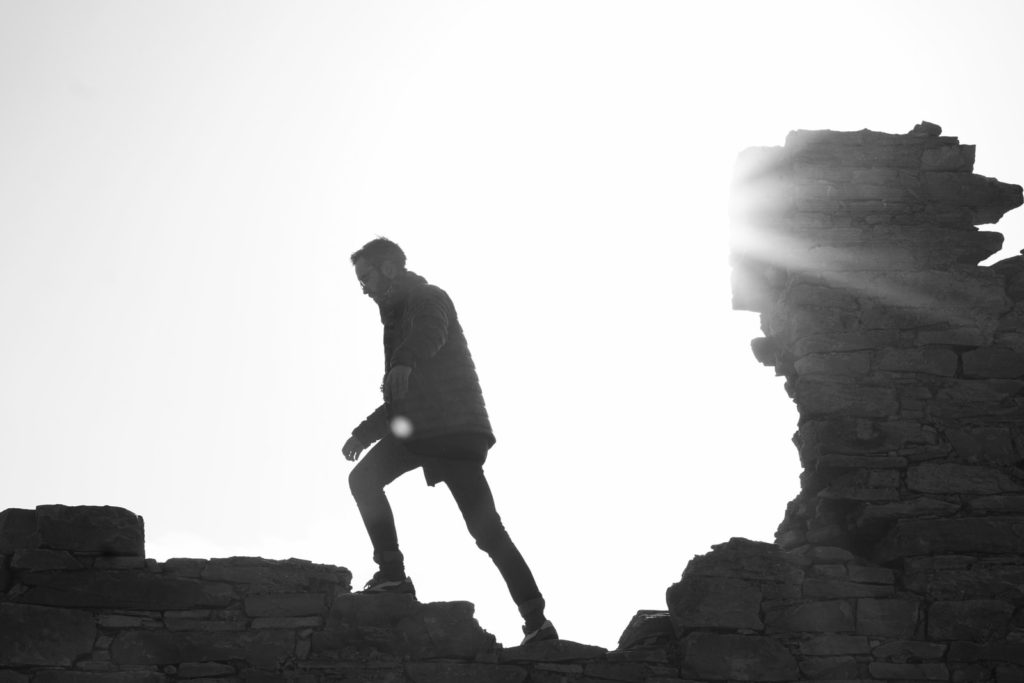
Final Thoughts
As stated earlier, there are numerous reasons to shoot black and white photography. Those listed here are simply a starting point that will hopefully inspire you to take on black and white photography more earnestly and consistently.
Challenge yourself to think and see in black and white and then photograph accordingly. You’ll find that it’s a different approach than working in color, but I also believe you will come to treasure the work you create in black and white.
Further Reading:
- 7 Black And White Photographers To Follow On Instagram
- 10 Tutorials On Powerful Black And White Portrait Photography
- 70 Black And White Quotes to Inspire Your Photography
- Why Do So Many Street Photographers Shoot Black and White?
- 60 Inspiring Examples of Black and White Photography
- 6 Essential Elements For Your Black And White Photographs

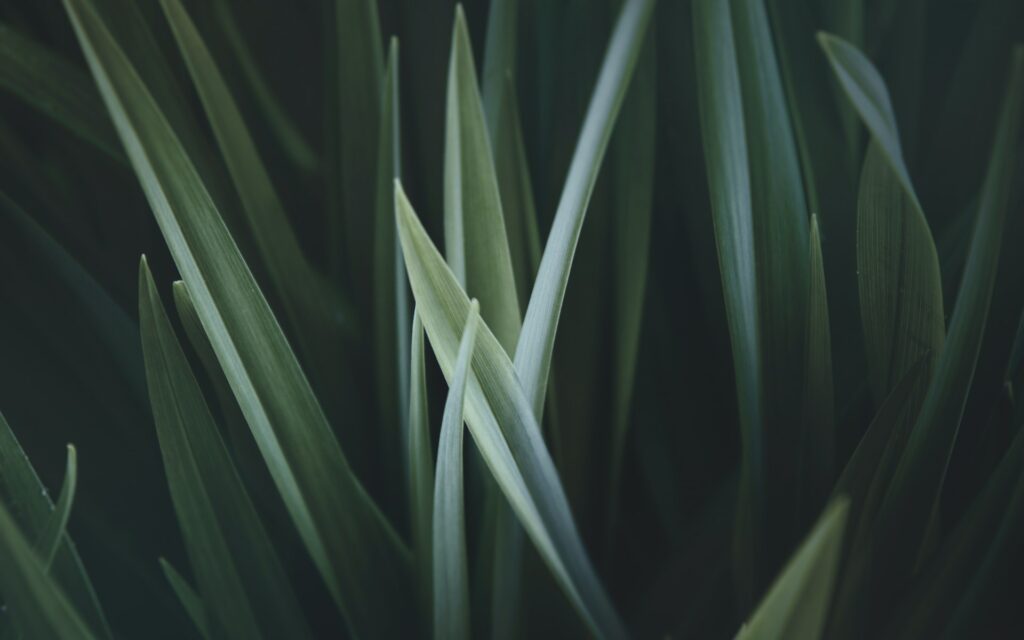
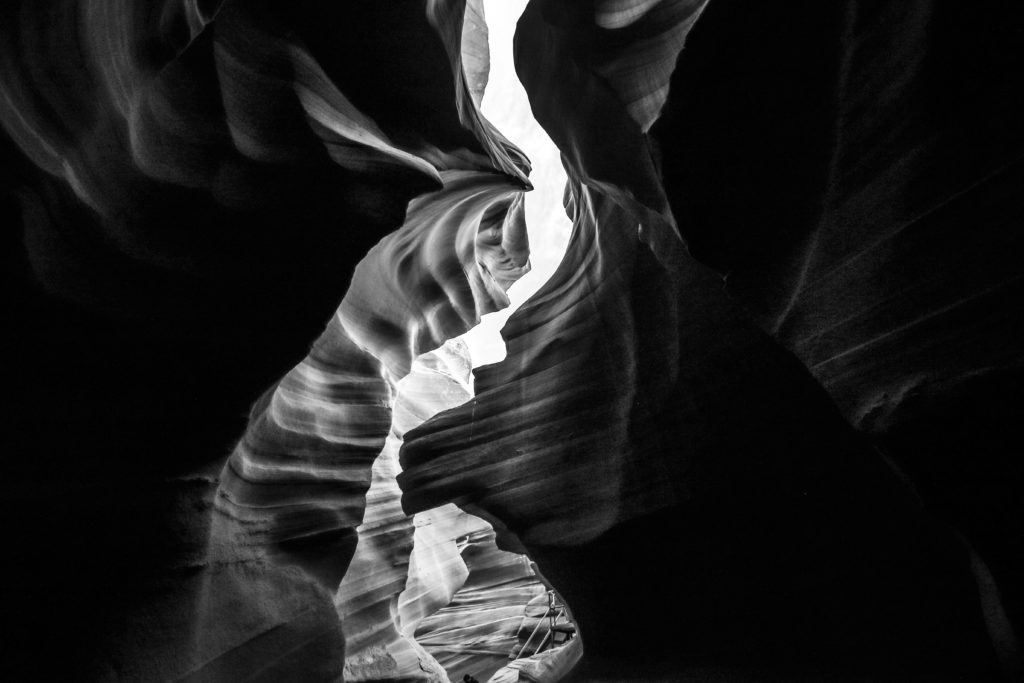
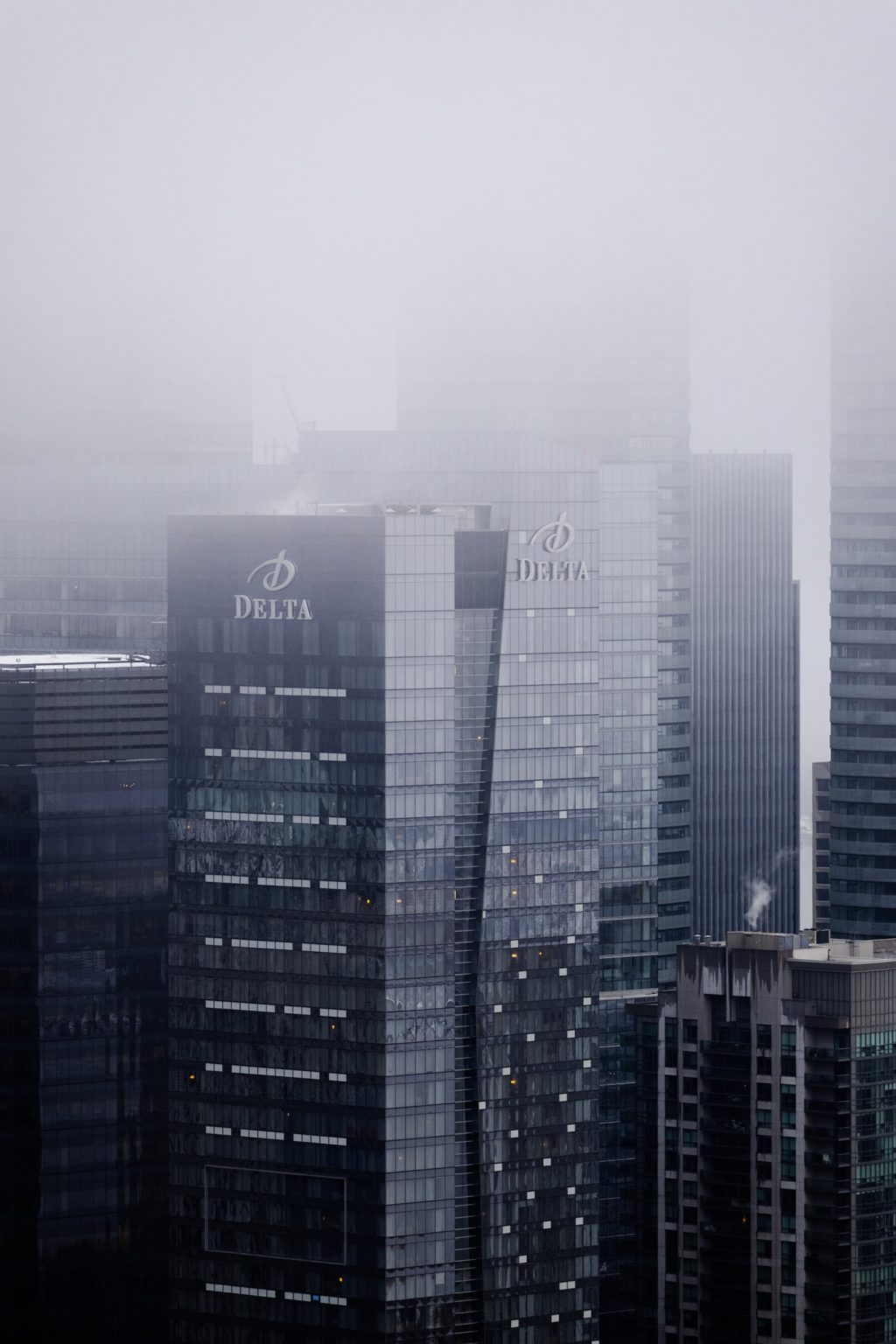
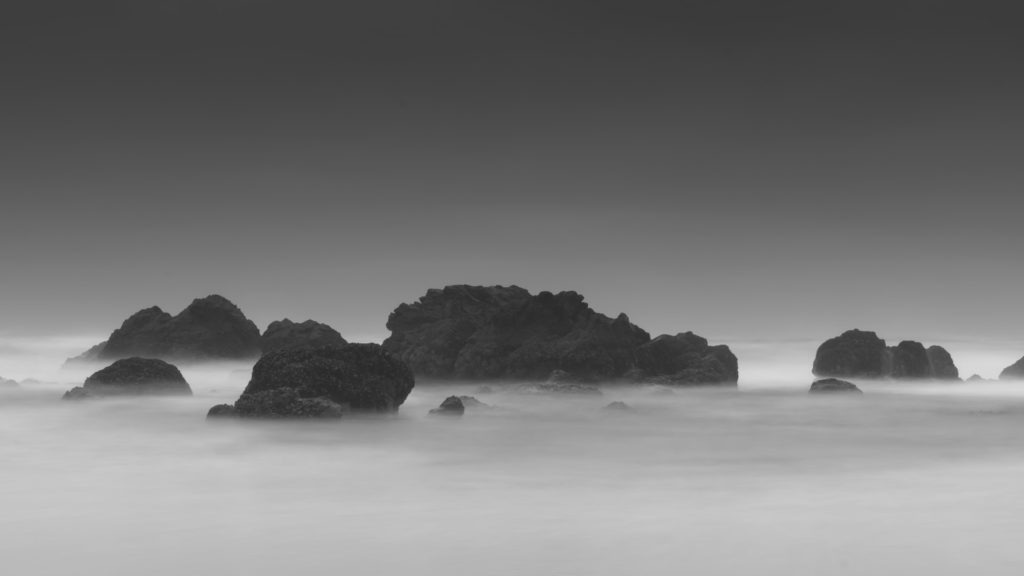
3 Comments
I started learning photography back in the days of tri-x & pan-x. Two 5D Mk.1 are my current cameras.
I’ve always felt that mono (B/W) is a more artistic medium, it can highlight a subject or a scene better than full color. There are many photos that are only successful in B/W. When I decide to shoot mono, I’ll often shoot jpg/raw or a separate color pic so that I can compare the two modes & also let the color lead me to any post tuning up.
I’ve got color images that qualify as “fine art” though my Mono (B/W or sepia) seem to identify themselves as fine art.
This is so true. One of my students from the US Navy Sea Cadet Corps still shoots with me on occasion and I once said lets shoot and then convert this to B&W. And then had to explain why. but by the time were done siting and processing he understood what I was yapping about
Two more reasons to shoot black and white: 1) The color is rather blah, washed out; and 2) The color adds nothing to the “story” of the shot.